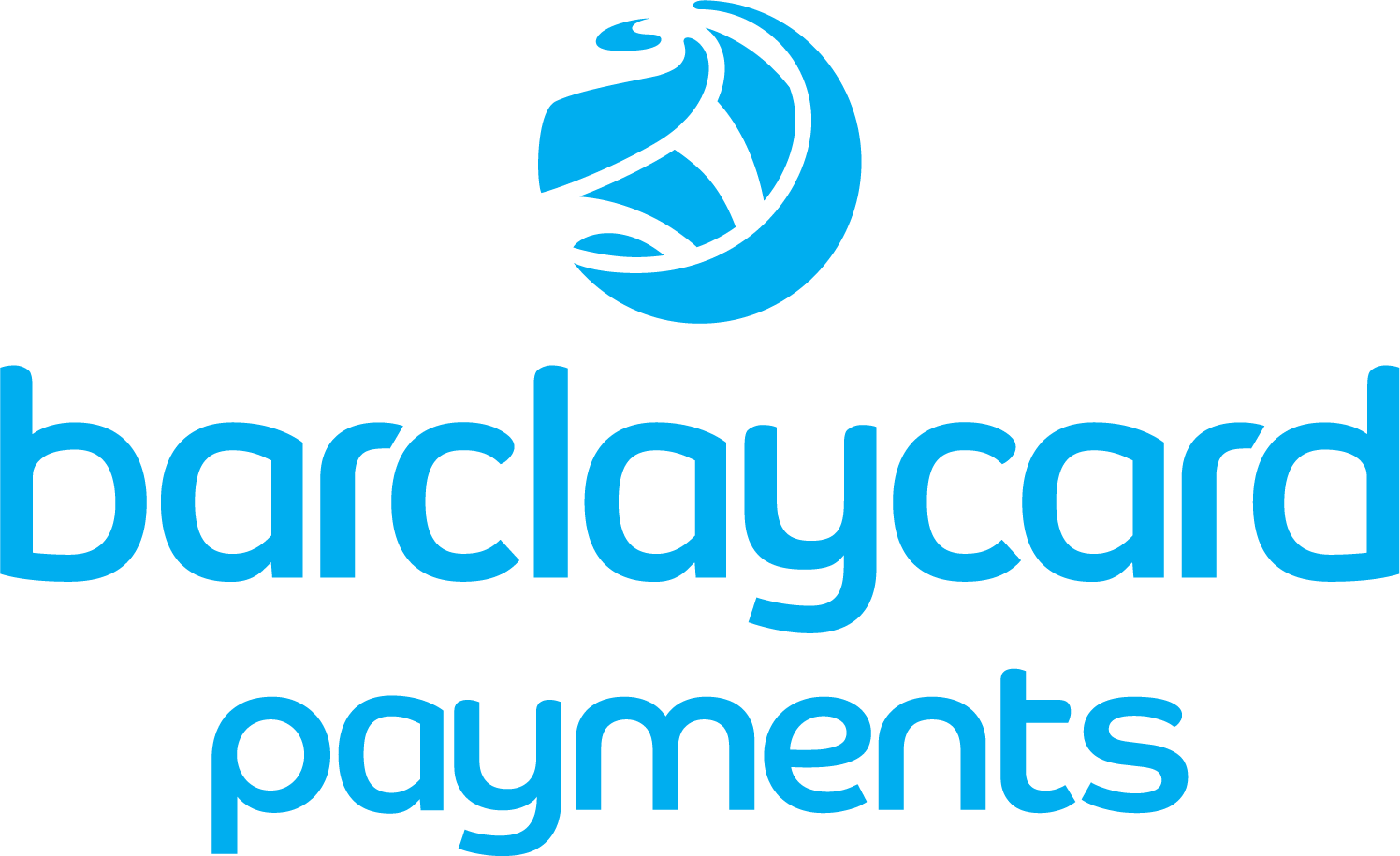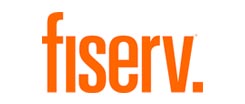- Accept card payments – lowest rates from 0.27%
- Keep your card processing fees to a minimum
- Direct access to the UK’s leading card processing banks
- We ensure your rates always remain competitive
No spam emails or calls
Choose from the payment methods then click Next
What's your turnover each month?
Enter the name of your company
Enter your company's postcode and contact number
Tell us what you need
Fill in our quick form and we’ll give you a call for a brief 5-minute chat to understand exactly what you're looking for.
Get tailored quotes
We’ll match you with up to three of the most competitive offers from our trusted providers that suit your business.
Pick with confidence
We’ll help you understand the options so you can choose the best fit — quickly, clearly, and without any pressure.






A Comprehensive Overview of Payment Methodologies for Businesses
In today’s fast-paced digital economy, businesses must offer flexible and secure payment methodologies to meet customer expectations. Whether running online businesses or brick-and-mortar stores, selecting the right payment methods can enhance customer experience, boost sales, and streamline financial operations.
This guide explores the most popular payment methods, from traditional bank transfers and debit and credit cards to modern solutions like Apple Pay, Google Pay, and BNPL services. We’ll also discuss how businesses can accept payments efficiently while mitigating fraud risk and ensuring financial inclusion.
Why Payment Methodologies Matter for Businesses
Offering multiple payment options ensures that businesses cater to diverse customer preferences. Some customers prefer contactless payments, while others rely on direct debit or bank account transfers. A seamless payment system can:
- Attract more customers by accommodating their preferred payment option
- Reduce missed payments through automated solutions like recurring payments
- Improve cash flow with faster electronic payments
- Enhance security with robust customer authentication
With a significant increase in digital payment methods, businesses must stay updated on the latest trends to remain competitive.
Traditional Payment Methods
1. Cash Payments
While carrying cash is declining, some customers still use it, especially in physical stores. However, cash handling comes with security risks and operational inefficiencies.
2. Cheques
Though less common, physical cheques are still used for B2B transactions. However, processing cheques is slow, and businesses must ensure sufficient funds before deposit.
3. Bank Transfers
A bank transfer allows customers to transfer funds directly from their current account to a business’s bank account details. While secure, transfers can take time to process.
4. Direct Debit
Ideal for subscription-based businesses, direct debit automates recurring payments, reducing missed payments. Customers must authorize withdrawals, ensuring compliance.
Modern Digital Payment Methods
1. Credit and Debit Cards
Card payments remain one of the most popular payment methods. Businesses must accept card payments to stay competitive, whether through debit card payments or credit or debit card transactions.
- Pros: Fast, widely accepted, and convenient
- Cons: Transaction fees and fraud risk if card details are compromised
2. Mobile Payments (Apple Pay, Google Pay, WeChat Pay)
Mobile payments like Apple Pay and Google Pay use digital wallets for contactless payments, enhancing speed and security.
- Pros: Secure, fast, and reduces the need for carrying cash
- Cons: Requires NFC-enabled terminals
3. Digital Wallets (PayPal, Alipay, etc.)
Digital wallets store payment information, allowing customers to make online purchases without entering card details repeatedly.
- Pros: Enhances checkout speed and security
- Cons: Some wallets charge higher fees
4. Buy Now, Pay Later (BNPL Services)
BNPL providers like Klarna and Afterpay allow customers to defer payments to a later date, increasing purchase flexibility.
- Pros: Attracts budget-conscious shoppers
- Cons: Risk of defaults and regulatory scrutiny
5. Prepaid Cards
Prepaid cards allow users to spend enough money loaded onto the card, useful for controlled spending.
- Pros: No fraud risk to a bank account
- Cons: Limited usability compared to credit and debit cards
Selecting Payment Methods for Your Business
When selecting payment methods, consider:
- Customer Preferences – Research which payment types your audience prefers.
- Business Model – Subscription services benefit from supporting recurring payments, while e-commerce may prioritize BNPL services.
- Transaction Fees – Compare costs across payment service providers.
- Security – Implement strong customer authentication to prevent fraud.
- Global vs. Local – If selling internationally, include local payment methods like WeChat Pay in China.
The Future of Online Payments
Emerging trends include:
- Biometric authentication for enhanced security
- Cryptocurrency payments gaining traction
- Expansion of later services like BNPL
- Greater adoption of mobile wallet solutions
Choosing the right payment methods is crucial for business success. By offering multiple forms of payment—from online banking to mobile payments—businesses can improve financial inclusion, reduce missed payments, and attract more customers.
Staying updated on new payment methods and partnering with reliable payment service providers ensures smooth transactions while minimizing fraud risk. Whether you’re a small business or a large enterprise, optimizing your payment system will drive growth and customer satisfaction.
By embracing both traditional and digital payment methods, UK businesses can future-proof their operations and remain competitive in an evolving financial landscape.